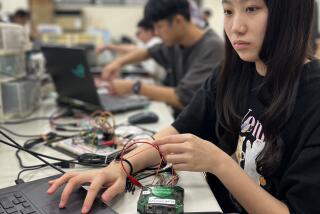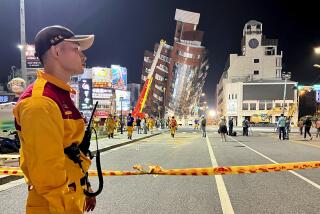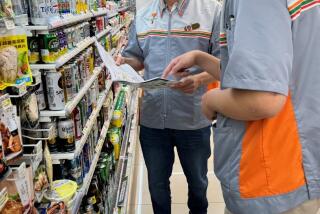International Business / SPOTLIGHT ON TAIWAN : The Taiwanese Economy
Taiwan, which in 1991 ended the nearly 43 years of emergency rule that had prevailed since Chiang Kai-shek’s Kuomintang established a government opposed to the communist takeover of the mainland on the Formosa island in 1949, has also moved in recent years to restructure its economy, including decreasing protectionism, increasing foreign investment and allowing Taiwanese businesses to invest abroad. The economy is currently booming, as evident by a string of annual trade surpluses. Taiwan has the world’s largest foreign currency reserves, now close to $90 billion.
Labor
About 40% Taiwan’s 20.6 million people are in the workforce. The government provides free primary and junior high education and schooling is compulsory for youth aged six to 15. The adult literacy rate is about 91%, considerably higher than mainland China’s literacy rate of 73%, but slightly lower than Japan or the United States, which both average at about 98%.
Manufacturing
Taiwan’s major manufactured products are electronics and automobiles. Textile and garment making and toy manufacturing remain significant industries, but because Taiwan’s wage rates have risen in recent years, jobs in these labor intensive industries have been moving to Asian nations with lower labor costs, particularly mainland China. Taiwan exports much of its manufactured output and in recent years has waged a campaign to increase exports of its higher value manufactured goods. Manufacturing accounts for 40% of the nation’s gross domestic product.
Services
Making up 45% of Taiwan’s GDP, the service industry in Taiwan is expected to grow faster than other sectors in the next few years. Since the government loosened rules on foreign participation in its economy in the early 1980s, international advertising agencies and foreign management consultants have been flooding in. There are more than 30 foreign banks in Taiwan, but most have only one branch because foreign banks are still restricted to three branches.
Transportation
In 1991, the government started a six-year program to improve infrastructure and promote domestic jobs. Foreign companies have been vying aggressively for a part of the program, expecting to cost hundreds of billions of dollars. Most parts of the island are accessible by highway and railway networks. Construction of a mass transit system is underway in Taipei. Because Taiwan lies between two major business travel destinations-Japan and Hong Kong-Taiwan’s Chiang Kai Shek international airport is increasingly becoming a hub for intra-Pacific air travel.
Agriculture
Agriculture--now 3.5% of GDP--has played a lessor role in the economy since 1965 when manufacturing began to boom. However, agriculture is still crucial to Taiwan because of its political situation--it is only recognized by about 30 countries. Intensive farming, for instance, has made it self-sufficient in rice. Other major crops include sugar cane, maize and sweet potatoes.
Trade
Taiwan’s major trading partners are Japan and the United States. The United States, which does not recognize Taiwan as a nation, has been pressuring Taiwan to reduce its huge trade surplus. Fearing, reduced trade with the United States because of approval of the North America Free Trade Agreement-- which reduces trade barriers among the United States, Mexico and Japan--Taiwain has increased investments in manufacturing in Mexico.
Sources: Europa Publications; Price Waterhouse; Bloomberg Business News; Bank of America, World Information Services.
More to Read
Inside the business of entertainment
The Wide Shot brings you news, analysis and insights on everything from streaming wars to production — and what it all means for the future.
You may occasionally receive promotional content from the Los Angeles Times.










